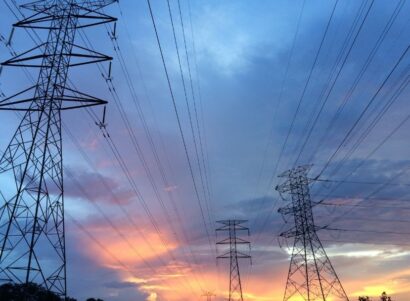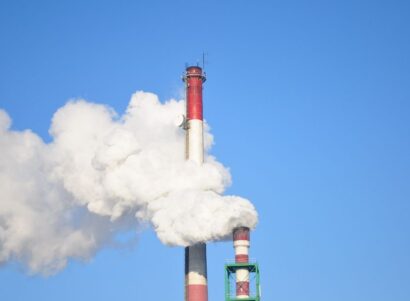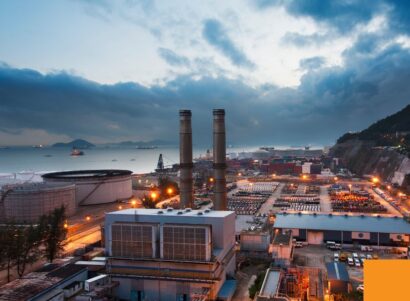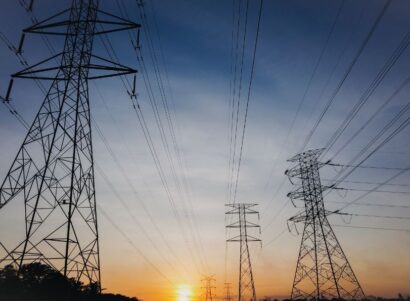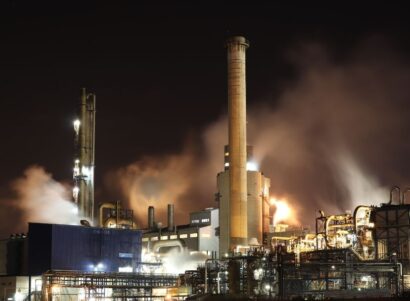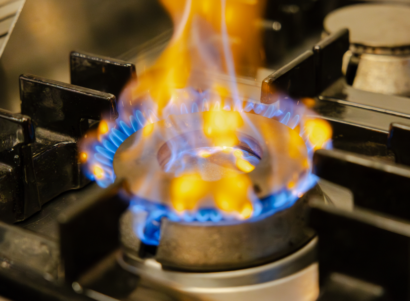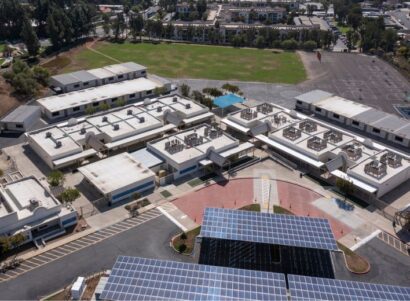Overview
Water extracted alongside oil and gas is known as produced water and is the largest byproduct of oil and gas production. In California, aging oil and gas reservoirs produce a relatively large ratio of water to oil—sometimes as high as one hundred barrels of water for every one barrel of oil. Due to high concentrations of salinity, boron, and other chemicals, produced water is generally unfit for drinking, agricultural irrigation, or other beneficial purposes. However, the oil and gas industry may use it for other reasons, including reinjection for enhanced oil recovery.
In 2014, drought concerns led California state legislators to pass Senate Bill (SB) 1281 (Pavley), which increased data collection on oil and gas industry water management practices. The bill requires California’s oil and gas regulator, California Geologic Energy Management Division (CalGEM), to collect more detailed data on industry water use, including produced water production, management, reuse, and disposal.
Pursuant to SB 1281, in 2015, CalGEM requested the California Council of Science and Technology to evaluate the new data and produce a report. The report is framed around four questions of investigation outlined below, each of heightened relevance during California’s drought.
- What are the sources, volumes, and quality of water used for oil and gas development and production in California?
- What are the characteristics/quality of produced water across the state, and how do these vary over time?
- What are the potential reuse options for produced water, both within and outside of the oilfields, taking into consideration treatment technologies?
- What are the potential and actual hazards, risks, and impacts of current methods of produced water reuse, discharges to land and surface water, and subsurface injection to the environment and human health?
PSE Healthy Energy Executive Director, Seth B.C. Shonkoff, PhD, MPH was a lead author of this report. Dr. Shonkoff and PSE researchers Dominic DiGiulio, PhD, Lee Ann Hill, MPH, and Jeremy Domen, MS authored the following chapters:
- Chapter 3. California Produced Water Quality: Implications for Human Health and the Environment
- Chapter 4. Potential Impact to Groundwater Resources from Disposal of Produced Water into Unlined Produced Water Ponds in the San Joaquin Valley
Key Findings
Chapter 3
- Reporting on the quality of produced water required by SB 1281 lacks adequate detail. In particular, more information on salinity and other water quality parameters, use of chemical additives, treatment methods, and spatially-explicit tracking is needed to assess human health and environmental risk of produced water in California. Further, a more detailed and comprehensive dataset is needed to evaluate options for the beneficial reuse of produced water.
- Currently, water quality reporting parameters only require an indication of whether salinity levels are above or below 10,000 mg/L total dissolved solids (TDS). More detailed measures of salinity and other health- and environmentally-relevant water quality parameters are needed to inform produced water management and opportunities for reuse.
- 630 identifiable chemical additives were used in oil and gas operations in California between 2011 and 2018. An additional 489 reported chemicals could not be definitively identified. Many chemical additives are poorly characterized and lack necessary data to evaluate them for health, environmental, and transport hazards.
- Produced water treatment categories lack the specificity needed to determine which treatment processes are used. As such, treatment levels and their efficacy in achieving water quality goals cannot be adequately assessed.
- Produced water is highly heterogeneous across both geographic and geological space. Produced water that meets water quality standards can still pose toxicological or carcinogenic risks due to unknown and emerging chemical contaminants when exposure pathways are present.
Chapter 4
- The disposal of saline produced water into unlined produced water ponds (e.g., impoundments, pits, sumps) continues in California. There are over 1,000 active, inactive, and closed unlined produced water pond facilities in the southern San Joaquin Valley. This disposal practice should be phased out or at least limited in areas where there is potential impact to groundwater resources. There is a need for significantly expanded groundwater investigations in areas of present and past produced water disposal.
- Reporting pursuant to SB 1281 does not allow tracking of produced water from oil and gas wells to impoundments and there is uncertainty in volumes of produced water disposed to unlined impoundments.
- Most of the produced water disposed of in impoundments is saline (TDS >10,000 mg/L). In many saline-produced water disposal areas, underlying groundwater resources are or could be fit for agricultural, municipal, or domestic use.
- One unlined produced water pond facility that has undergone investigation has clearly impacted nearby groundwater resources.

 Cover Letter
Cover Letter